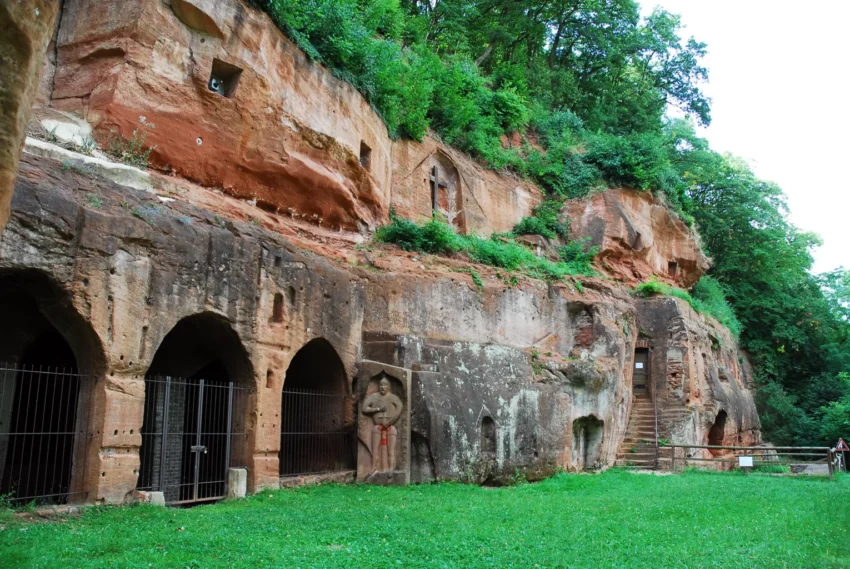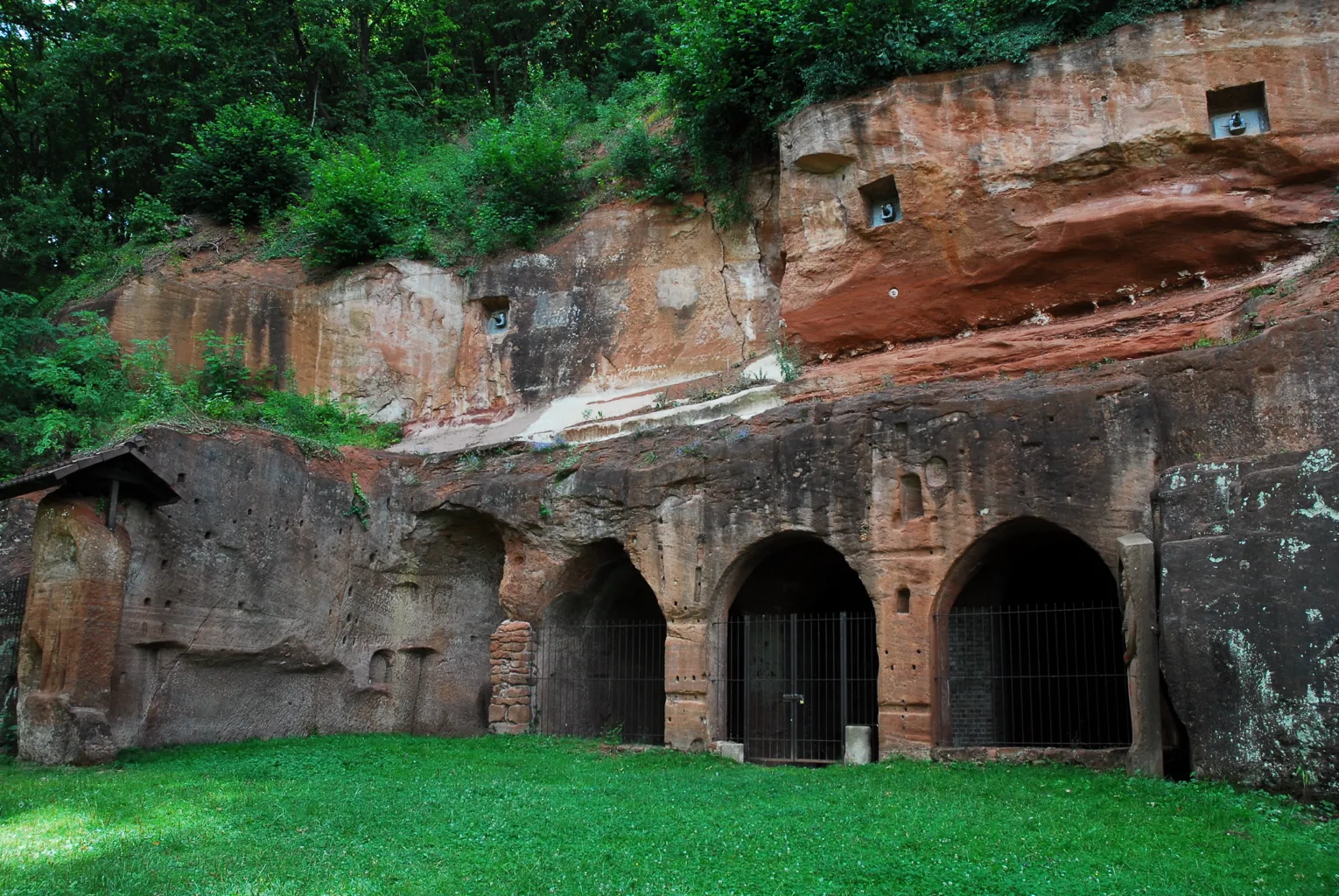Overview of Bretzenheim Hermitage
Carved into a rock face, the Bretzenheim Hermitage stands north of Bad Kreuznach, Germany, between the towns of Bretzenheim/Nahe and Guldental. This unique site holds the distinction of being the only rock monastery north of the Alps and boasts a rich history.
Get your dose of History via Email
Evidence suggests the Bretzenheim Hermitage’s story began as a pagan ritual site. Later, during the Roman era (until the 5th century AD), it served as a Mithraeum, a place of worship for the mystery religion of Mithras. Around the 6th to 8th centuries AD, the site underwent a transformation into a Christian space.
Historical Significance
The first documented mention of the Hermitage dates back to 1043 AD with the consecration of an altar. Unfortunately, a landslide in 1567 destroyed the original church and a later structure built on the site. However, the remarkable 90-square-meter rock dwelling, once used by hermits and a convent, remains accessible today. The last hermit who called this dwelling home passed away in 1827 at the ripe old age of 82.
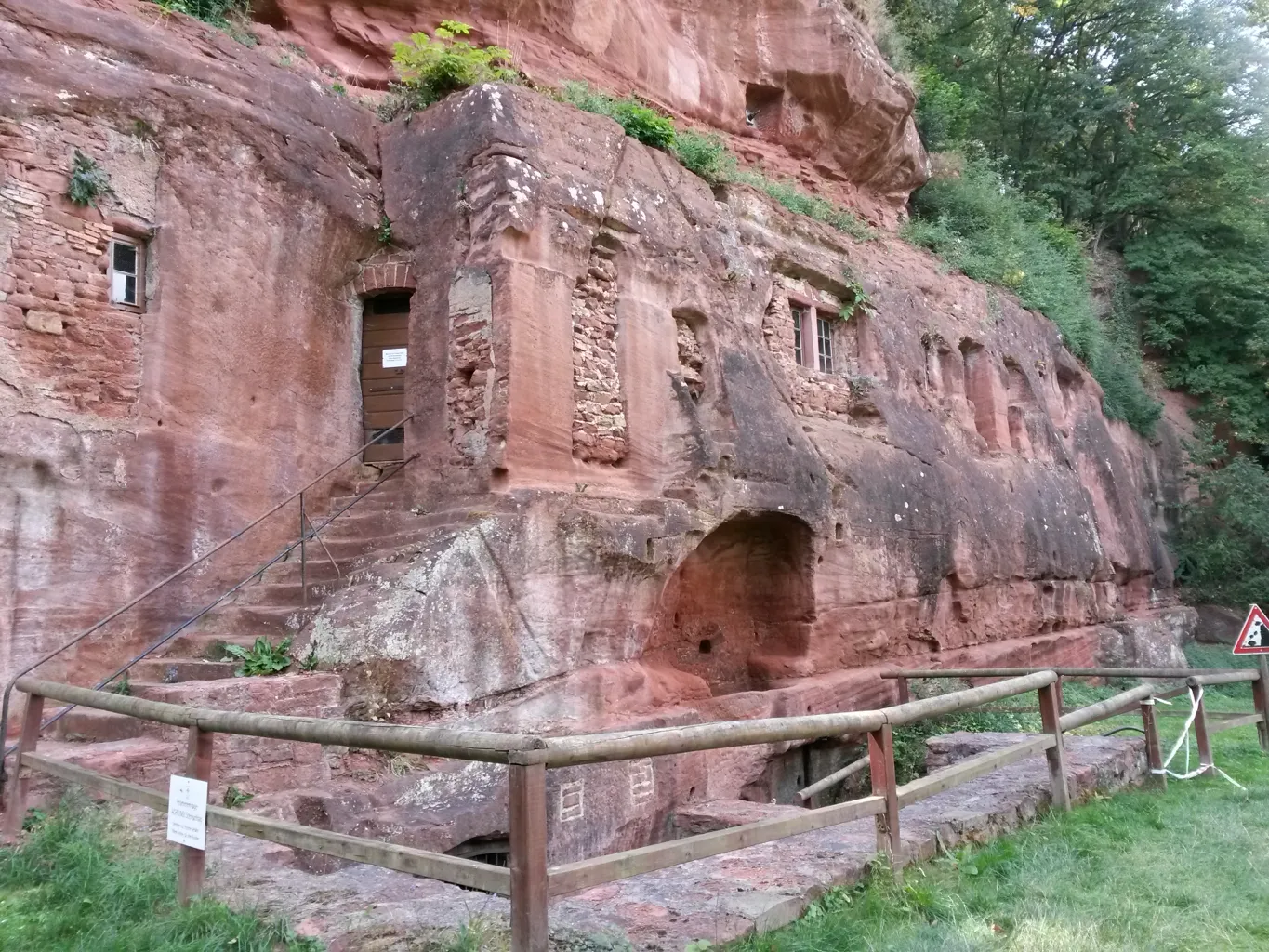
Recent Developments
In 2019, ownership of the Felseneremitage (Rock Hermitage) transferred from a charitable organization to the municipality of Bretzenheim. Visitors can explore the site at their leisure, while guided tours offer a deeper look into the fascinating rock dwelling.
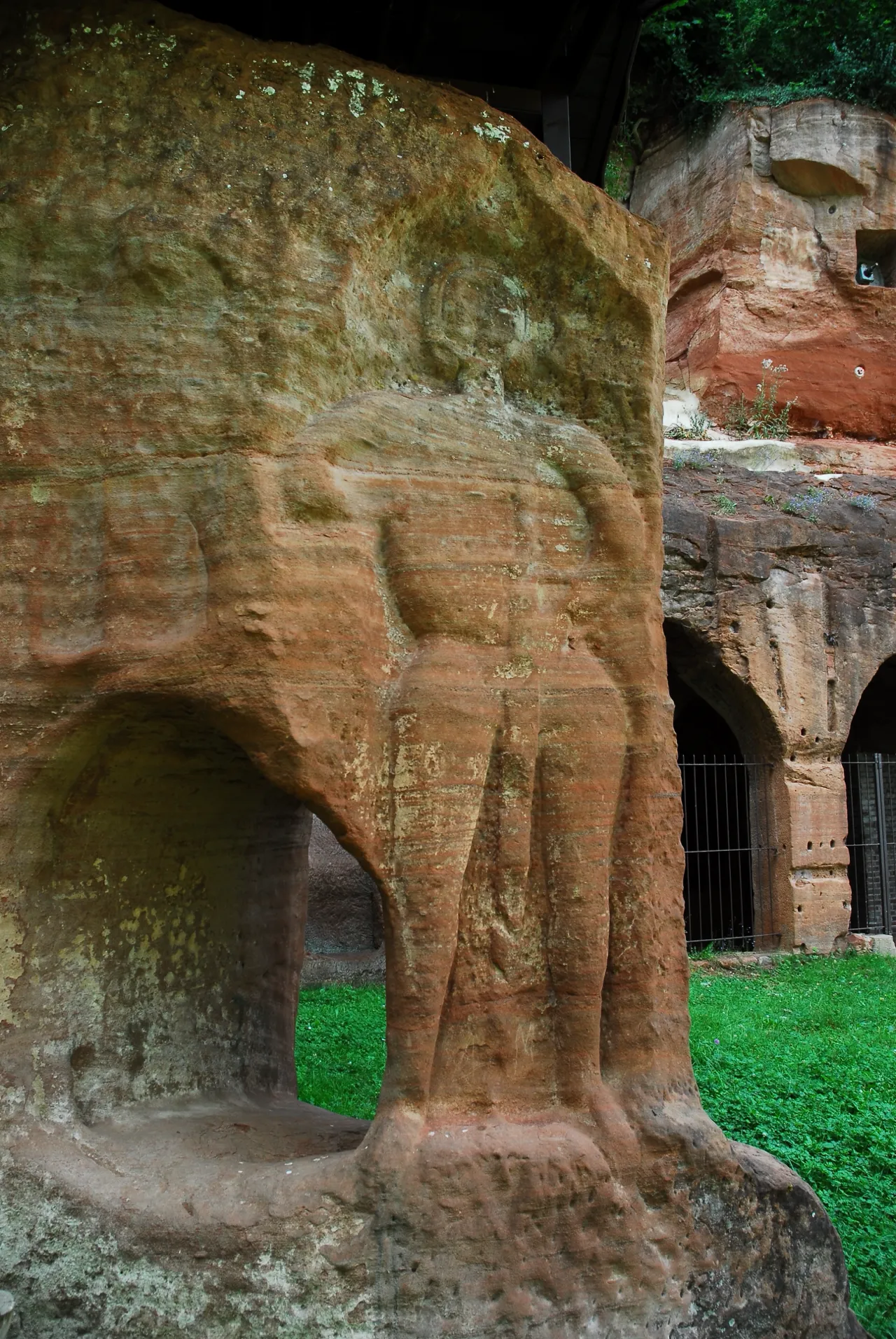
Visiting the Hermitage
For those interested in learning more, the Bretzenheim community website provides information about the Hermitage. Additionally, history buffs can delve into the details found within Paul Lehfeldt’s 1886 work on the architectural and art monuments of the Coblenz district.
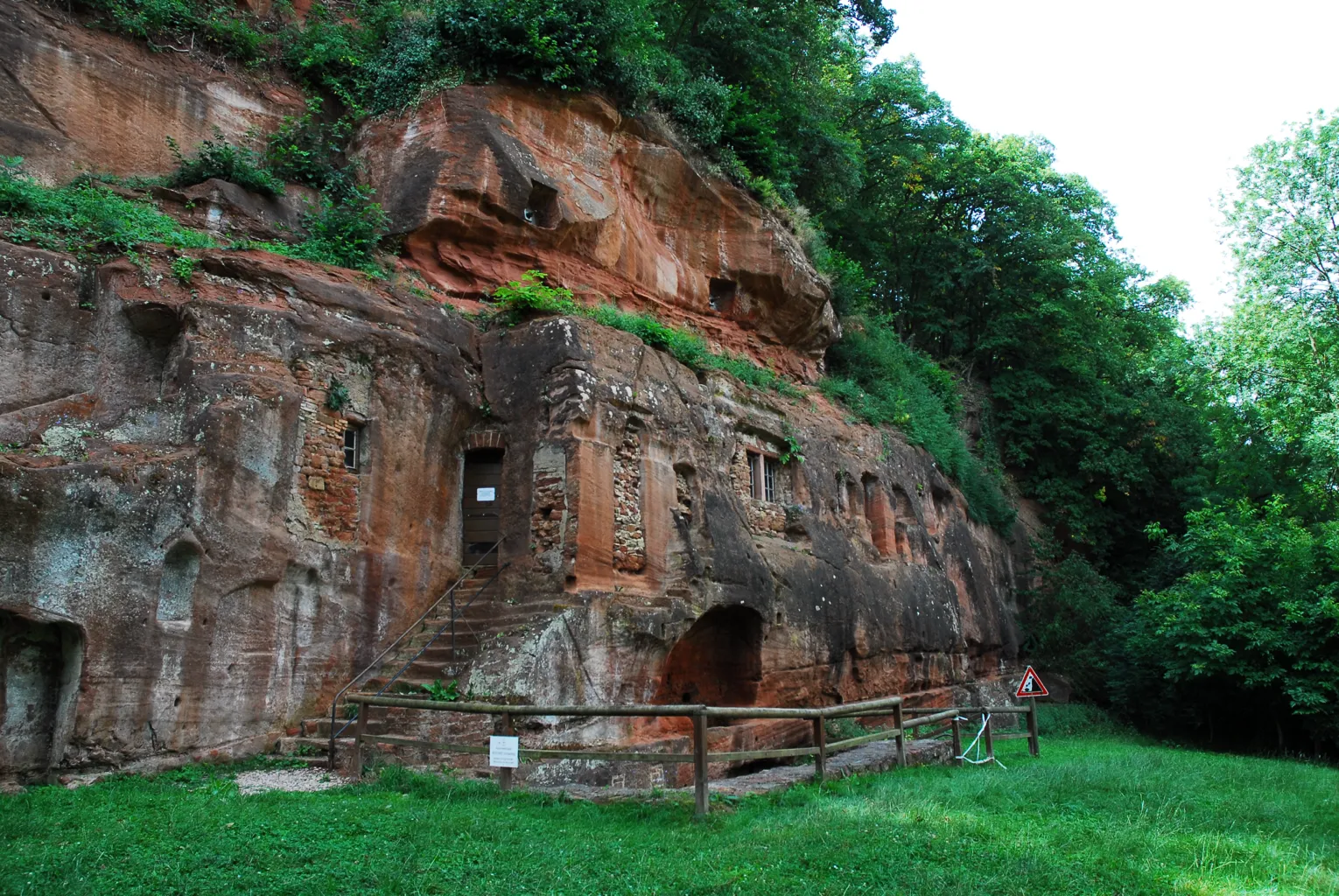
Sources:


